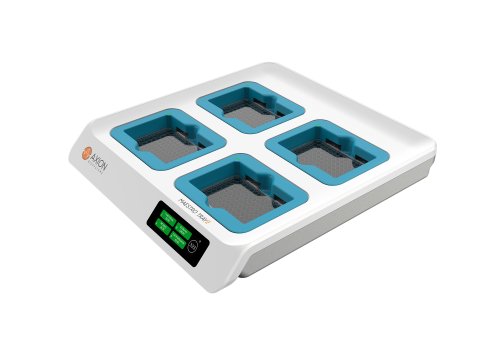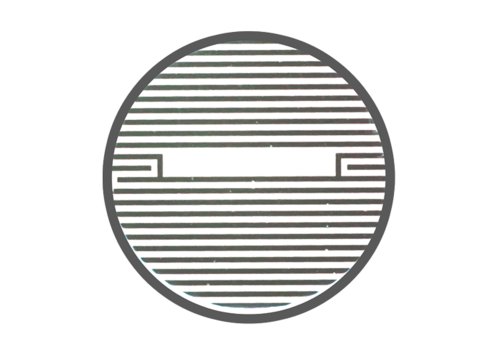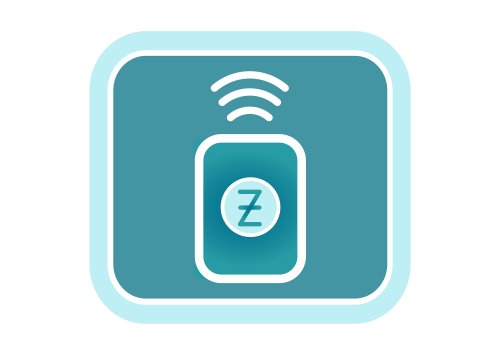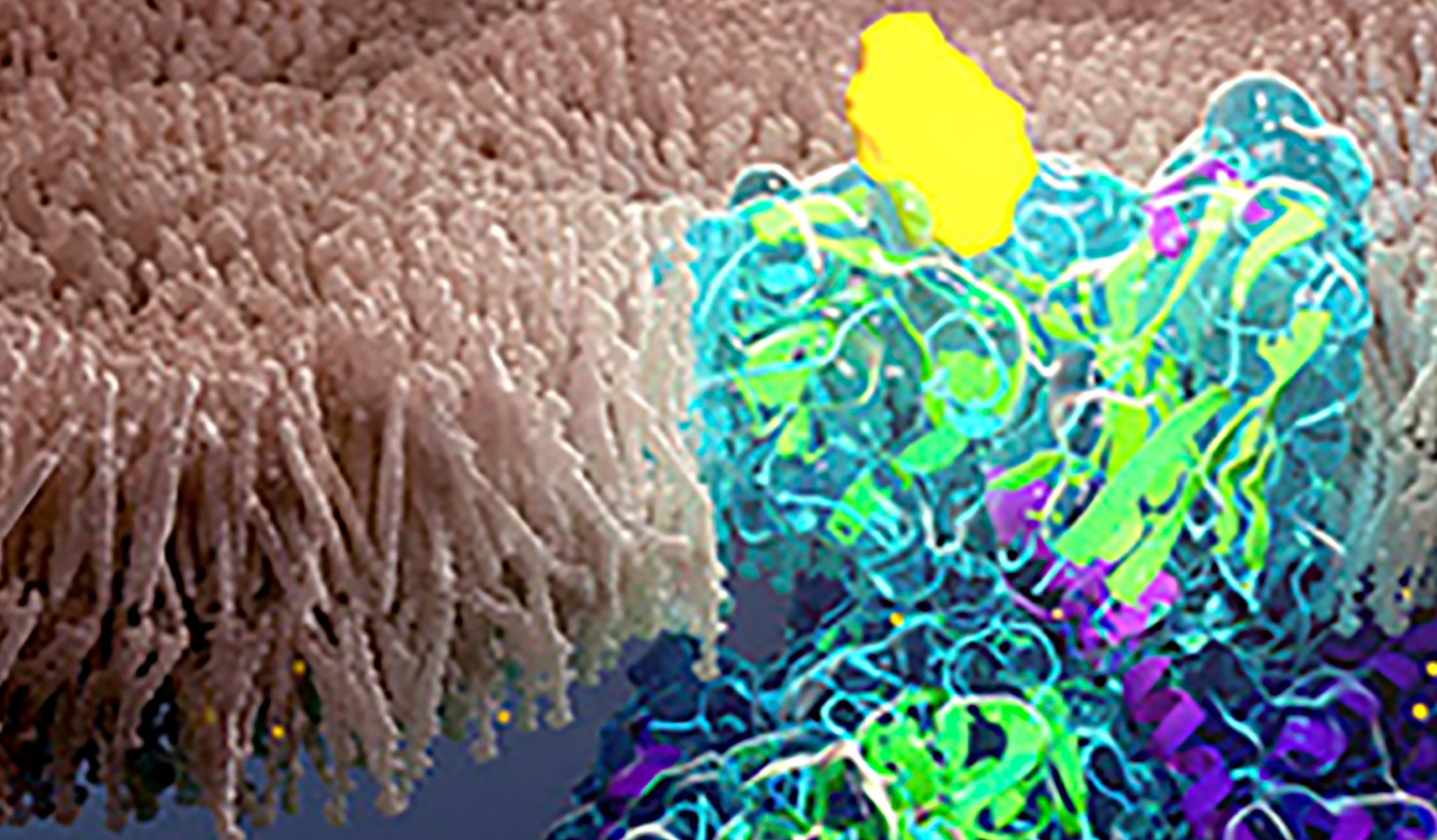
Cell signaling pathways communicate messages from outside the cell. When extracellular signal molecules bind receptors on the cell surface, they initiate signaling events inside the cell that determine cell behavior. These small changes often occur rapidly, but can last minutes to hours with significant physiological consequences.
Axion BioSystems' Maestro Z, ZHT, Pro, and Edge systems now offers impedance-based cell analysis for real-time, continuous, label-free monitoring of your cells. Continuous data reveals the kinetics of receptor-mediated signaling for better mechanistic understanding without the time- and cost-intensive process of repeating multiple endpoint assays.
G protein-coupled receptors (GPCRs) are the largest class of transmembrane receptors. GPCR binding results in conformational changes and downstream responses that can be measured by impedance. The Maestro Z platform was used to track the dynamic response of Calu-3 cells to isoproterenol, histamine, and cytochalasin d; revealing important information on the kinetics of cellular response to each compound.

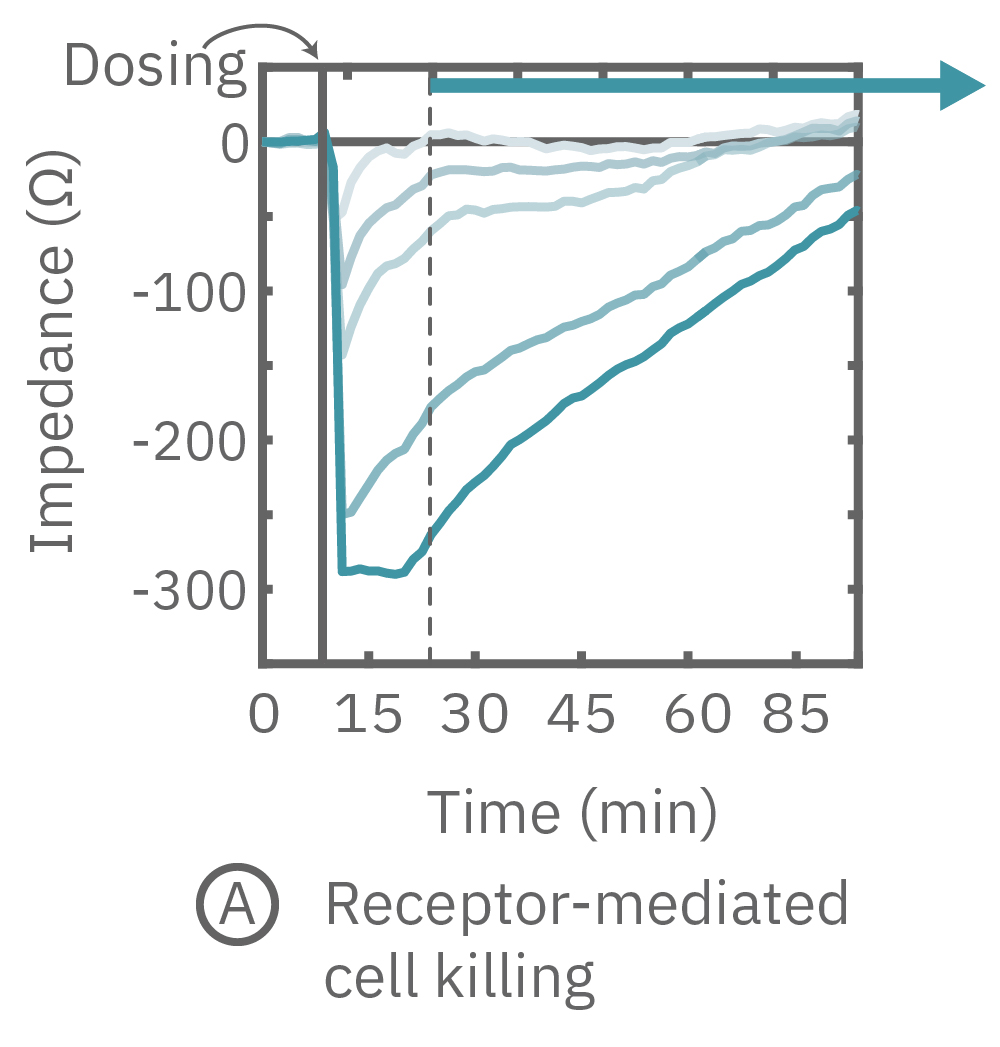
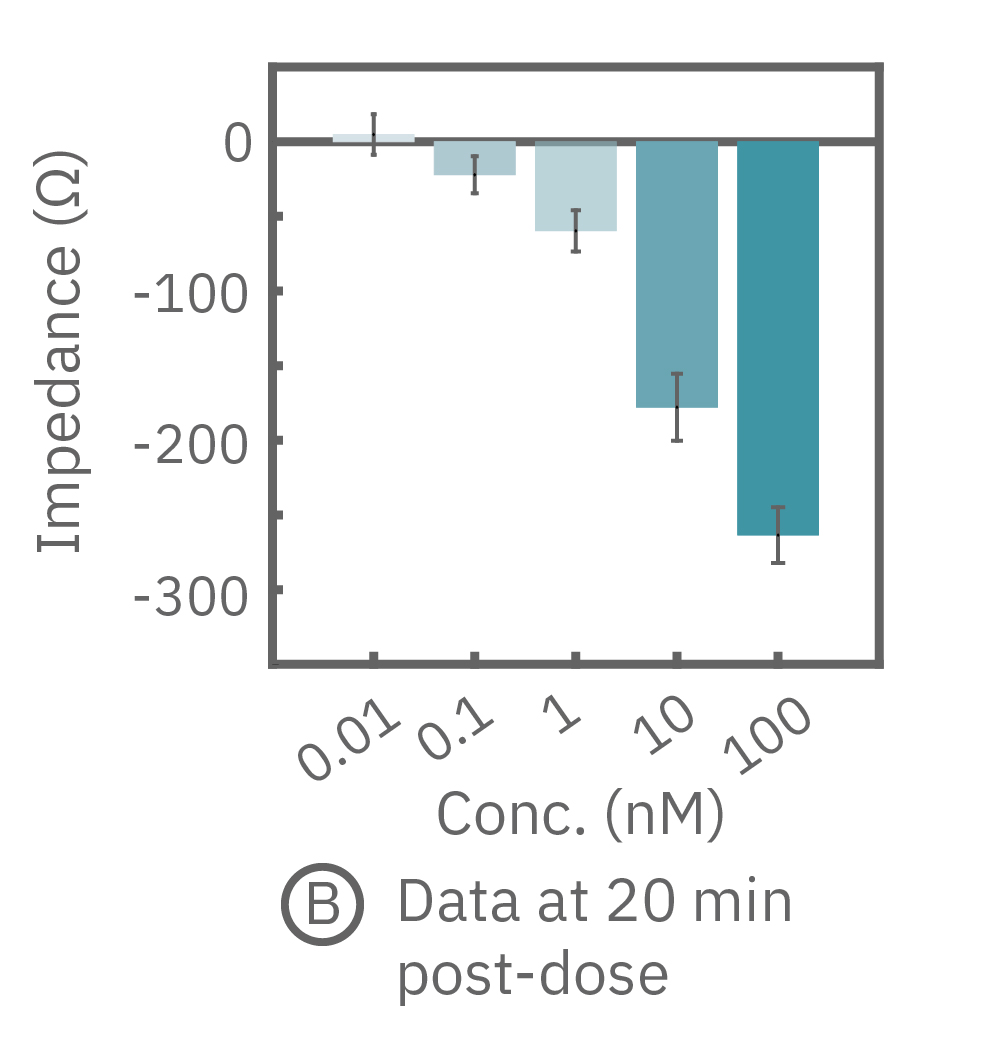
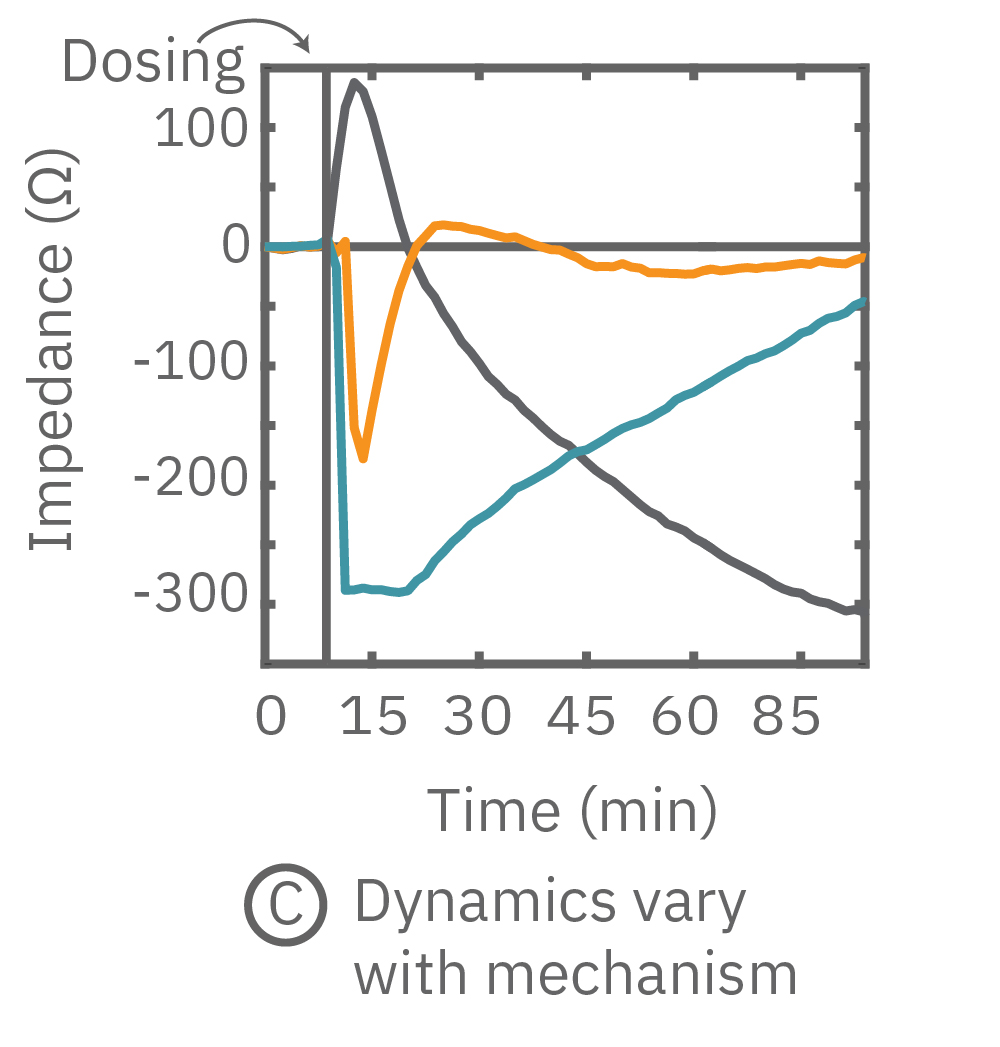
Calu-3 cells were seeded into the CytoView-Z plate and impedance was continuously monitored on the Maestro Z system. (A) When dosed with isoproterenol (teal), a potent beta-adrenergic receptor agonist, the impedance assay revealed a short-term dose-dependent decrease in impedance. (B)At 20 minutes post-dose, the cells dosed with the highest concentration showed the lowest impedance, while cells dosed with the lowest concentration had already returned to baseline. (C) Cell signaling dynamics varied with compound. Histamine (orange, 100 µM) showed a short rapid decrease in impedance, while cytochalasin D (gray) caused an initial increase and subsequent decrease in impedance related to actin inhibition and cell cycle arrest.
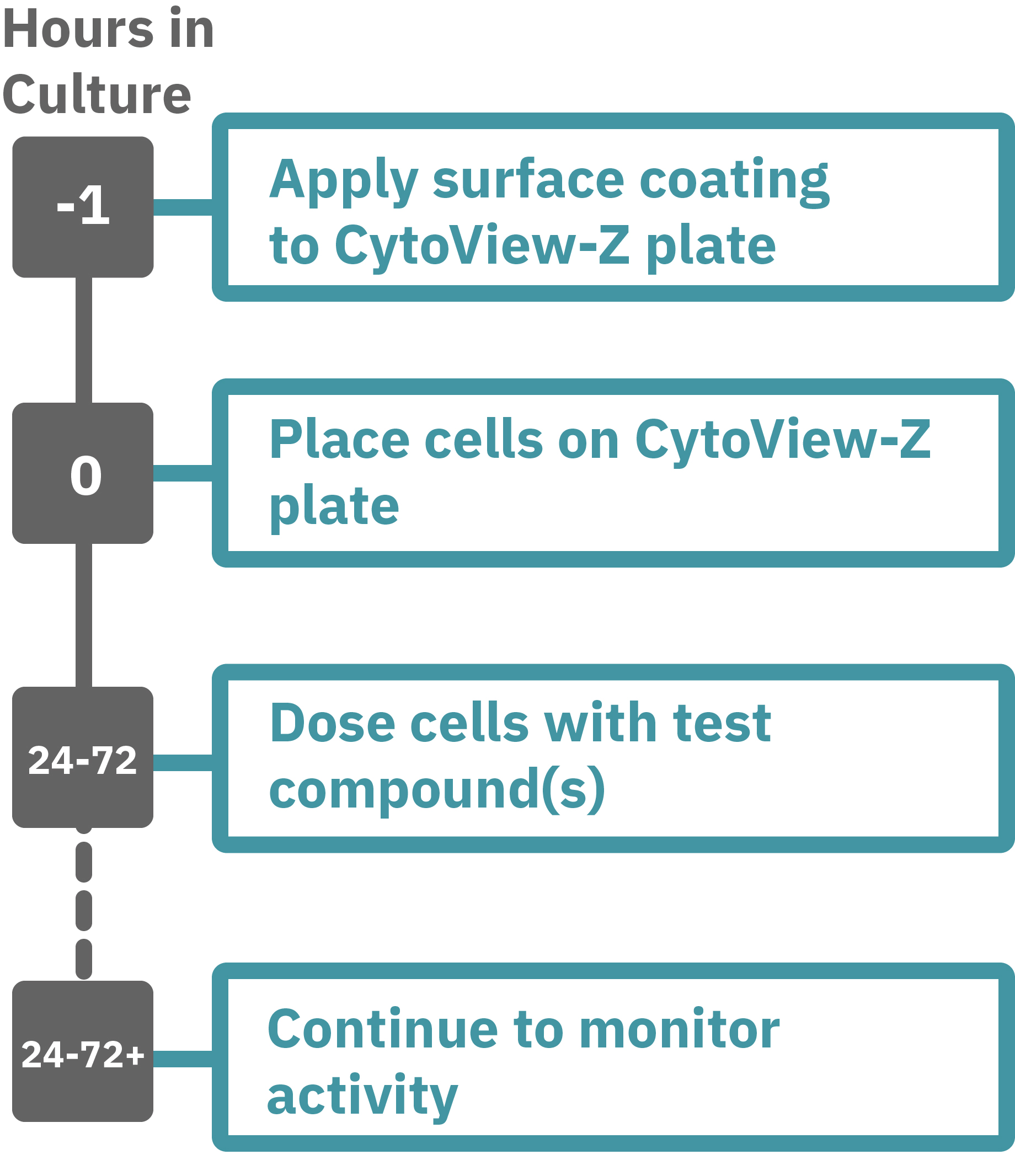
Getting started with Maestro Z, ZHT, Pro, and Edge couldn't be easier. Culture your cells in an Axion multiwell CytoView-Z plate (Hour 0). Load this plate into the Maestro system and allow the environmental chamber to automatically equilibrate. Observe cells adhering to the plate and proliferating as changes in the recorded impedance signal. Add test compounds as required (Hour 24-72). Track changes in signaling in the CytoView-Z plate label-free and in real-time with Impedance Module software.
